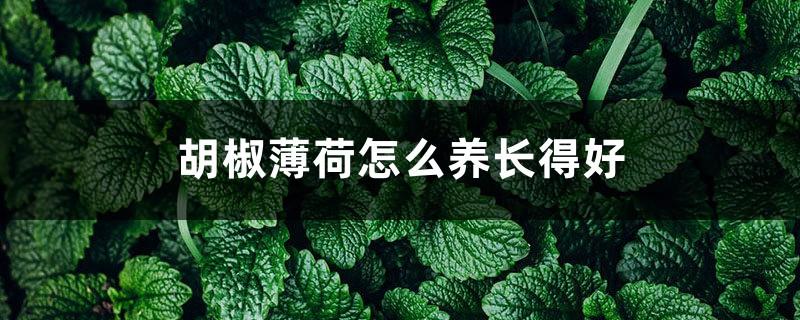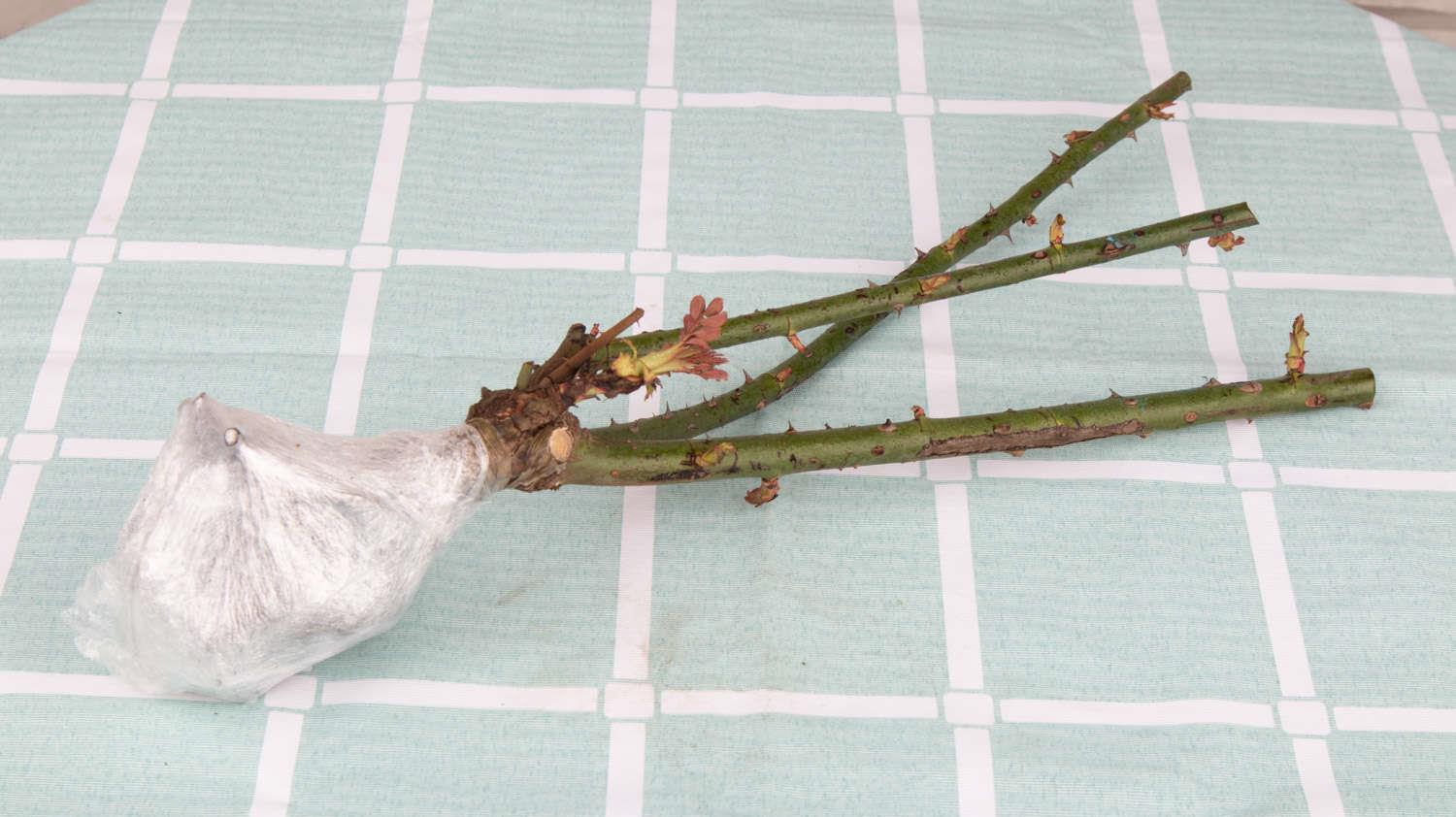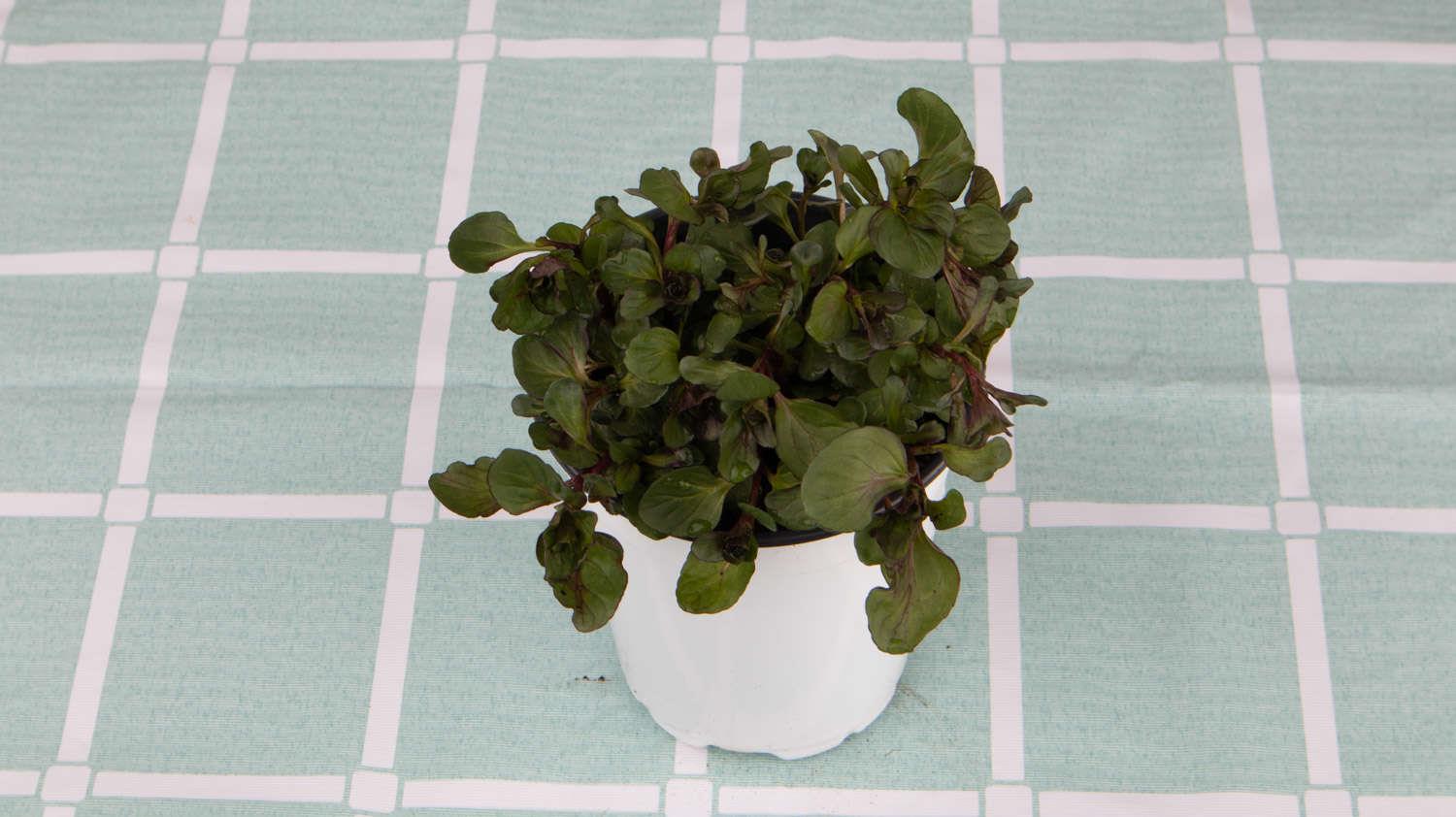How to grow peppermint well
Last Update :2024.05.09
Article Catalog
3. Problem diagnosis and treatment
It is a herbaceous plant of the Lamiaceae family. Its origin is in Europe and it is a condiment, but now its production is the largest in the United States. Its stem is upright. Its leaves are opposite, oblong and lanceolate in shape, with a length of eight to ten centimeters and a width of three to five centimeters. The top is pointed and the leaf surface is flat.

1. Maintenance methods
1. Maintenance methods
1. Temperature: Generally speaking, it is more suitable to be between 15 and 28 degrees, because it likes warmth. However, its tolerance is relatively good whether it is high temperature or low temperature. It can tolerate high temperatures of forty degrees in summer and low temperatures of minus twenty degrees in winter. However, if it is a seedling, it cannot be lower than minus six degrees.
2. Light: The leaves cannot carry out photosynthesis without sunlight, but the light should not be too strong. It is better to place it in a place with astigmatism. Once there is strong light, you can move it to a semi-shady place.

3. Watering: Peppermint likes to be moist. Drying will cause its leaves to wither and other undesirable symptoms. Therefore, it needs to be kept moist during the growth period, but not too humid. It is not suitable if there is stagnant water. In addition to normal watering in summer, you can also spray some additional water.
4. Fertilization: Peppermint requires very little fertilizer and has strong adaptability. Generally speaking, in addition to base fertilizer, top dressing once a month or two is sufficient.

2. Breeding skills
1 . Propagation: Propagation by sowing can be used, but the process may be more troublesome. Sandy soil can be used as the substrate and the "pot sowing" method can be used. Lightly scatter the selected seeds on the substrate and cover with a thin layer of soil. After that, the temperature needs to be above 20 degrees, and then ensure that it is also 10 degrees, which can promote them to germinate faster.
2. Pruning: During the growth period, it grows vigorously, so the branches and leaves will appear relatively strong, and sometimes they will be very messy. Especially for peppermint planted in a large area, it will affect light transmission and ventilation, so if it is too dense, it needs to be repaired in time. Then there are dry branches and leaves, which should be cut off in time.

3. Problem diagnosis and treatment
1 , Diseases: There are not too many diseases of peppermint, because its resistance is relatively good. Occasionally, "anthrax" occurs, which is easy to occur when ventilation is poor and the temperature is high. Just spray pesticides and treat the diseased parts in time.
2. Pest pests: Generally speaking, there are not too many pests. You can spray pesticides in advance to prevent them, and try to take timely measures to deal with them when they appear.

4. Other questions
1 , Toxicity: It is not poisonous and was used as a condiment when grown in Europe.
2. Whether it can be raised at home: Yes, its color gives people a comfortable feeling and makes people feel relaxed and happy.
2. Breeding skills
3. Problem diagnosis and treatment
4. Other issues
- END -
Yew seedling prices, yew pictures

There is no precise range for the price of yew seedlings, because the price will b...
Are cherries a cherry? An introduction to the difference between cherries and cherries

Cherries are not cherries. There are many differences between the two, but in some...